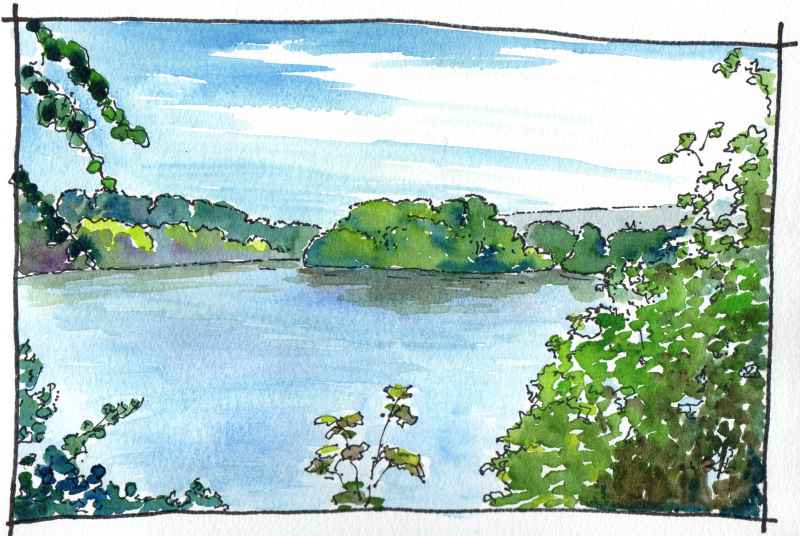Visible from the medieval church, this crannog or artifical island in Enagh Lough is known as ‘Rough Island’ or ‘O’Cahan’s Garden’. Excavation has shown that it is partly a natural island but that it has been modified by humans from the Bronze Age onwards. It was occupied by the O’Cahan’s in the medieval period and, like most, would have had a timber palisade defending timber buildings inside. Behind the island, blending into the trees, is a second crannog - ‘Green Island’ which is now connected to the shore by a causeway. This was the location of an O’Cahan tower house which was occupied until the seventeenth century. Its ruins were demolished in the mid nineteenth century
|
|
|


